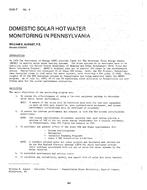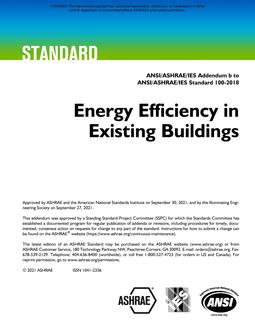Variable refrigerant flow (VRF) systems are touted for their superior part-load performance compared to conventional HVAC systems. A study was completed to evaluate the full and part-load performance of a VRF system compared with a conventional rooftop unit (RTU) variable air volume (VAV) system with electric resistance reheating in a multi-zone building with emulated occupancy. To accomplish this, full and part-load conditions (i.e., 100%, 75% and 50% loads) in the building were maintained alternately by conditioning either the entire building or selected zones, and emulating the occupancy, accordingly. To compare the performance of the two systems, each system was operated alternately for a weeklong period during which each of the three load conditions were maintained for 2-3 days, and the system parameters, indoor and outdoor conditions, loads, and energy use were monitored. This paper presents the cooling and heating season performance and energy use of both systems based on the monitored data during the summer of 2015 through winter of 2016. System performance is compared in terms of weather-normalized HVAC energy consumption and seasonal average COP. Based on the analysis, the energy savings for the VRF system compared with the RTU system for the cooling season are estimated to be 30%, 37%, and 47% under the 100%, 75%, and 50% load conditions, respectively. For heating season, the energy savings are 51%, 47% and 27% under the 100%, 75%, and 50% load conditions, respectively.
Citation: 2017 Winter Conference, Las Vegas, NV, Conference Papers
Product Details
- Published:
- 2017
- Number of Pages:
- 8
- Units of Measure:
- Dual
- File Size:
- 1 file , 800 KB
- Product Code(s):
- D-LV-17-C067


